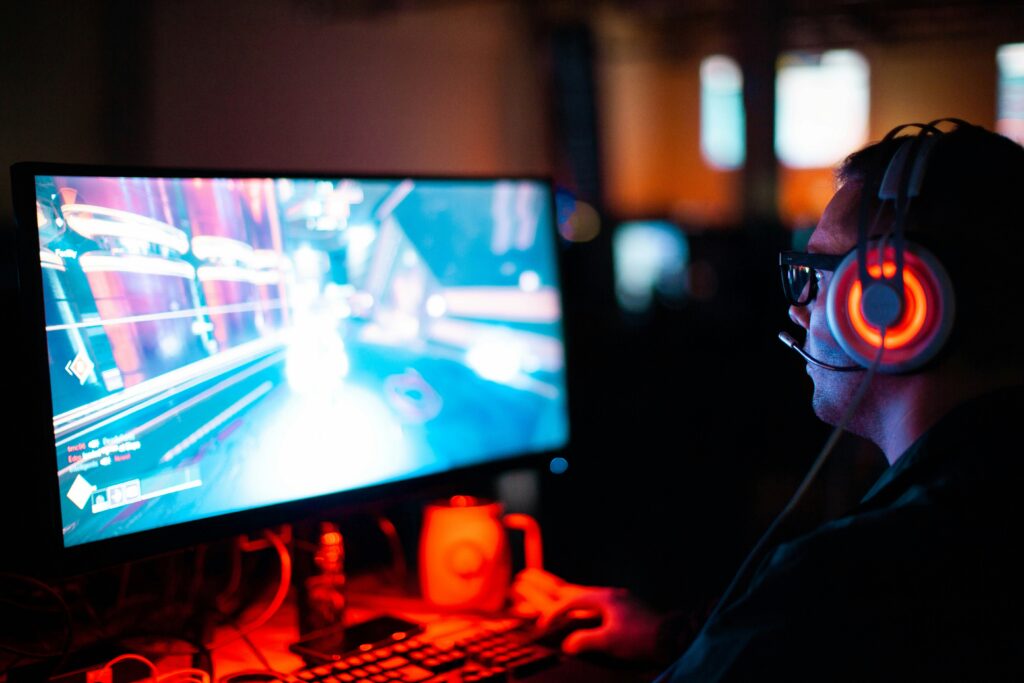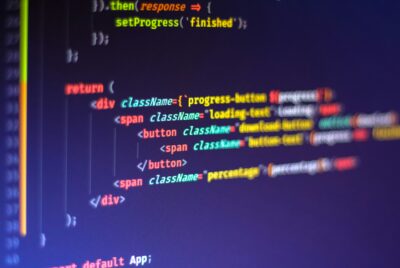Mastering Game Code Debugging and Troubleshooting
Welcome to “Mastering Game Code Debugging and Troubleshooting,” where we embark on a journey together to unravel the complexities of game development. In this article, we explore essential techniques for identifying and resolving issues within game code, providing us with the tools and knowledge necessary to enhance our debugging skills. We’ll dive into practical approaches, share tips from experienced developers, and discuss common pitfalls to avoid, all with the goal of making our game development process smoother and more efficient. How do we debug and troubleshoot game code?
Debugging and troubleshooting game code can be a challenging yet incredibly rewarding process. Let’s dive into the strategies and techniques that can help us become masters at identifying and fixing bugs. Whether we’re game developers just starting out or seasoned professionals looking to refine our skills, having a systematic approach can make all the difference.

Understanding the Basics of Debugging
What is Debugging?
Firstly, it’s essential to understand what debugging is. Debugging is the process of identifying, isolating, and fixing bugs or errors in our code. Bugs can be anything from syntax errors to logic flaws that prevent our game from working correctly.
Why is Debugging Crucial?
Debugging is critical because even a small bug can significantly impact the user experience. Whether it’s a character getting stuck in the game world or a level not loading correctly, imperfections can frustrate players and detract from the overall experience. Thus, spending time to debug effectively is crucial for creating a polished, enjoyable game.
Common Types of Bugs in Game Development
Syntax Errors
Syntax errors occur due to incorrect code that violates the rules of the programming language we are using. These are usually detected by the compiler or interpreter and are relatively easier to fix.
Logical Errors
Logical errors occur when our game doesn’t behave as expected, even though our code runs without crashing. These are more challenging to identify because they require a deep understanding of how our game should work.
Runtime Errors
Runtime errors occur when something goes wrong while our game is running. They can be caused by things like memory leaks or invalid user inputs. Unlike syntax errors, we won’t know about runtime errors until we actually run the game.
Optimization Issues
Sometimes, our game might run but not optimally. Issues like high CPU usage, memory leaks, or slow performance can degrade the gaming experience. Debugging these issues is crucial to make our game run smoothly.
Tools for Debugging Game Code
Integrated Development Environments (IDEs)
IDEs come equipped with a variety of tools to help us debug our code. Breakpoints, call stacks, and step-through debugging make it easier to pinpoint where things go wrong.
Debuggers
Debuggers are specialized tools that allow us to examine our code as it runs. We can set breakpoints, watch variables, and step through our code line by line to identify where issues arise.
Logging
Logging involves writing messages to a log file or console to track the flow of our program and its state. This can be invaluable for diagnosing issues, especially when we’re dealing with complex systems or bugs that are hard to reproduce.
Profilers
Profilers help us identify performance bottlenecks by measuring how much time and resources different parts of our code consume. They can provide insights into what’s slowing our game down and how we can optimize it.
Effective Debugging Strategies
Isolate the Problem
Before we can fix a bug, we need to understand what the problem is. Narrowing down where the bug occurs can save us a lot of time. Make note of when the issue happens and try to isolate the exact code that’s causing the error.
Reproduce the Bug
Once we’ve isolated the problem, our next step is to reproduce the bug consistently. This helps us understand the conditions under which the bug occurs. If we can reproduce it, we’re much closer to solving it.
Use Breakpoints
Breakpoints allow us to pause our code at specific points and examine its state. This can help us understand what’s happening in our code and why certain variables might not be behaving as expected.
Step Through the Code
Using a debugger, we can step through our code one line at a time. This helps us see exactly how our program executes and where things might be going wrong.
Check the Logs
Logs can provide a record of what our game was doing before the bug occurred. By examining logs, we might find clues about where the issue lies and what might be causing it.

Troubleshooting Common Game Development Issues
Crashes and Freezes
If our game crashes or freezes, the first step is to check any error messages or logs. These can often provide clues about what went wrong. Memory management issues, such as accessing null pointers or running out of memory, are common causes of crashes.
| Issue | Possible Cause | Troubleshooting Steps |
|---|---|---|
| Crashes | Null pointer access, memory leaks | Check error logs, use memory profilers |
| Freezes | Infinite loops, deadlocks | Pause execution, examine call stack, identify loops |
Performance Issues
Performance problems, such as lag or slow frame rates, can be caused by several things. Graphics rendering, inefficient algorithms, or poor memory management can all affect our game’s performance.
| Issue | Possible Cause | Troubleshooting Steps |
|---|---|---|
| Lag | Excessive computations | Optimize algorithms, use profilers |
| Slow Frame Rates | Inefficient rendering | Profile rendering pipeline, optimize draw calls |
Input Handling Problems
If our game isn’t responding to player input correctly, we need to check our input handling code. Ensure that we’re correctly capturing input events and that our game logic properly processes these events.
| Issue | Possible Cause | Troubleshooting Steps |
|---|---|---|
| Unresponsive Controls | Incorrect input mapping | Verify input event handling, debug input logic |
| Delayed Response | Slow event processing | Optimize input handling, reduce processing overhead |
Networking Issues
For multiplayer or online games, networking can introduce a whole set of unique challenges. Latency, packet loss, and synchronization problems can all impact the player experience.
| Issue | Possible Cause | Troubleshooting Steps |
|---|---|---|
| High Latency | Network congestion | Optimize data packets, reduce server load |
| Desynchronization | Inconsistent state updates | Implement corrective measures, synchronize states |
Advanced Debugging Techniques
Automated Testing
Automated tests can catch bugs early by running a series of checks on our code. Unit tests, integration tests, and automated playtesting can all help ensure our game works as intended.
Static Analysis
Static analysis involves examining our code without executing it. Tools can analyze our code for potential errors and performance issues, helping us catch problems before they become bugs.
Stress Testing
Stress testing involves putting our game under heavy load to see how it performs. This can reveal issues that might not be apparent under normal conditions, such as memory leaks or performance bottlenecks.
Peer Reviews
Having another set of eyes on our code can help catch issues we might have missed. Peer reviews can provide valuable feedback and insights, helping us improve the quality of our code.

Case Studies: Real-World Debugging Examples
The Tale of the Missing Character
We once faced an issue where a character would randomly disappear from the game. After isolating the problem, we used breakpoints and step-through debugging to identify that the problem was due to a faulty collision detection algorithm. Fixing the algorithm resolved the issue.
The Laggy Multiplayer Mode
In another instance, players reported significant lag in a multiplayer mode. By using a profiler, we identified that the server was sending too many unnecessary data packets. Once we optimized the data packets and reduced the server load, the performance improved dramatically.
Prevention is Better Than Cure: Writing Bug-Resistant Code
Follow Best Practices
Writing clean, maintainable code can prevent many issues before they arise. Following best practices, such as adhering to coding standards, commenting our code, and using meaningful variable names, can make our code easier to understand and debug.
Use Version Control
Version control systems, like Git, allow us to track changes to our code. If a bug appears, we can use version control to identify when the bug was introduced and revert to a previous, bug-free version if necessary.
Regular Code Reviews
Regular code reviews can help catch issues early. By having another developer review our code, we can gain new perspectives and catch potential bugs before they become problems.
Document Everything
Keeping good documentation can be a lifesaver when debugging. Documenting our code, as well as our debugging and troubleshooting processes, can make it easier to identify and fix issues in the future.
Conclusion
Debugging and troubleshooting game code is a vital skill for any game developer. By understanding the types of bugs, using the right tools, and following effective strategies, we can become proficient at identifying and solving issues in our code. Remember, prevention is better than cure, so writing clean, maintainable code and following best practices can go a long way in reducing bugs. Happy debugging!




